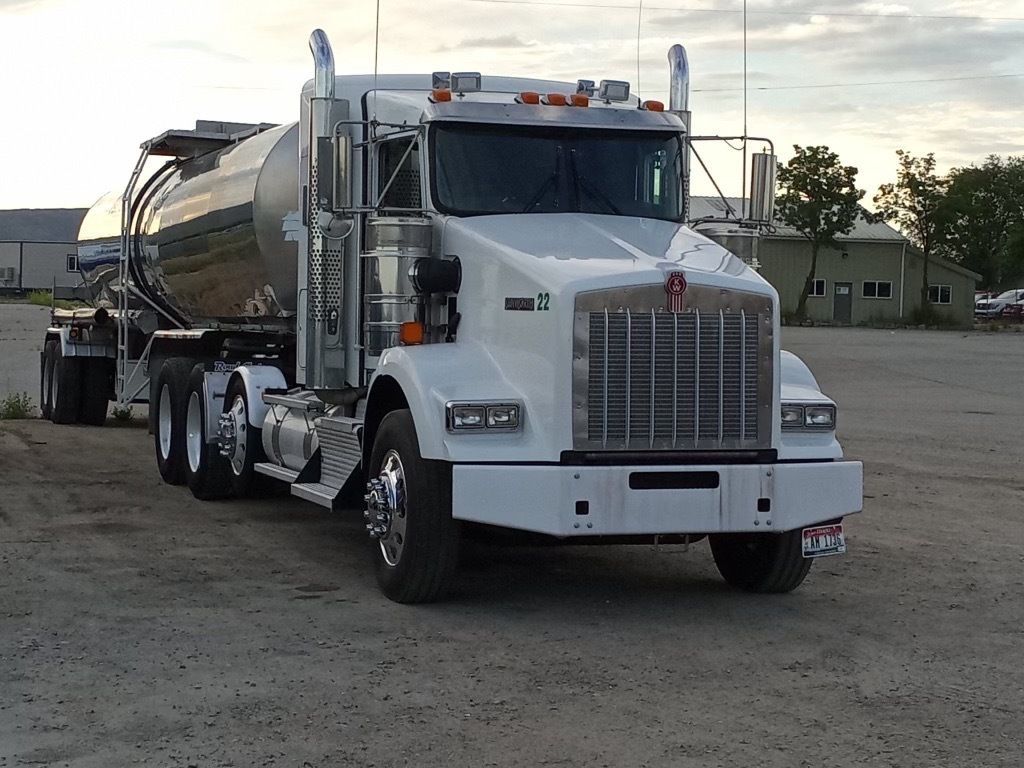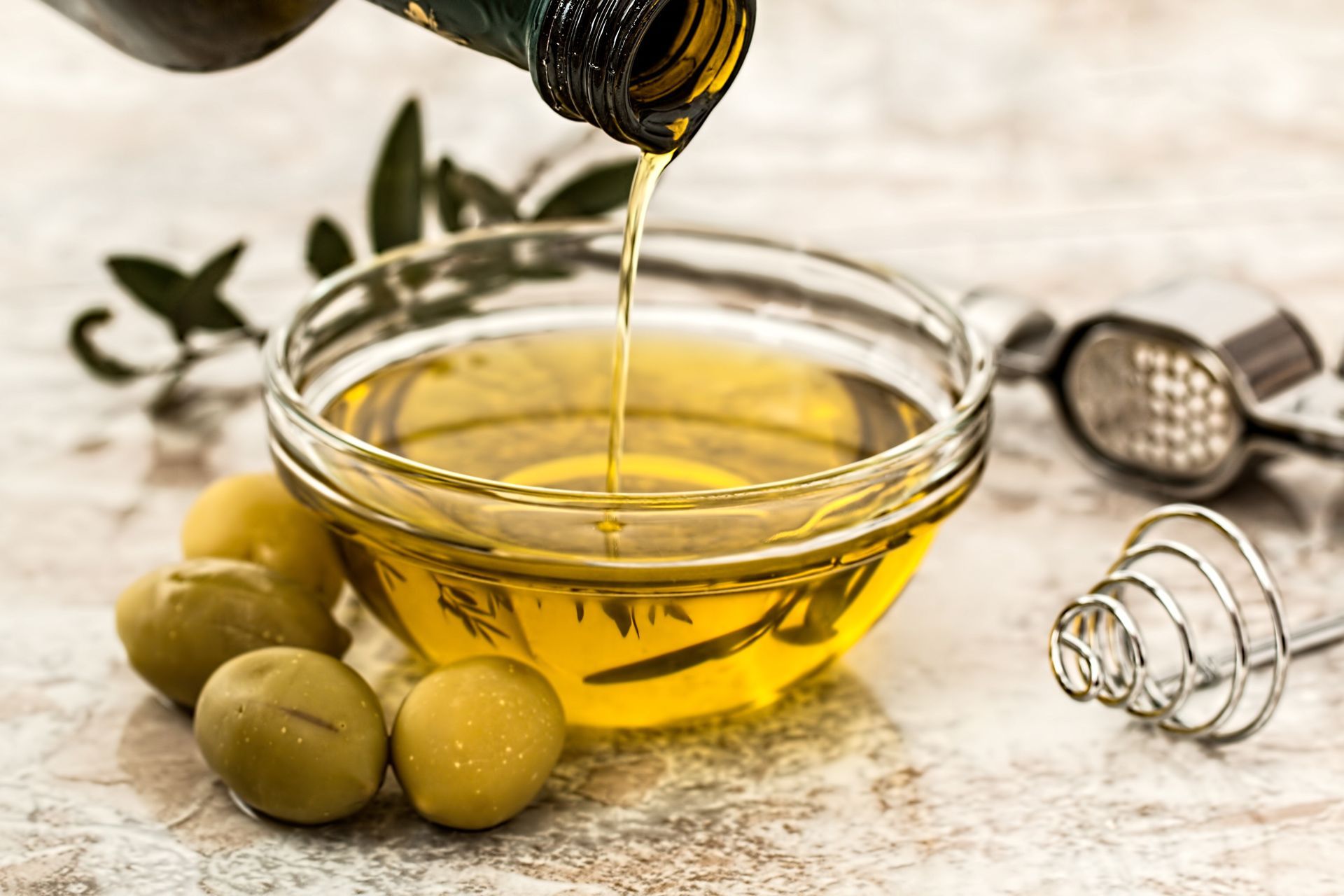
How Does Wastewater Treatment Work?
Wastewater treatment is vital for keeping our water clean and safe. Every time we use water at home, in factories, or even during a storm, it becomes wastewater. This water needs to be treated before it can go back into nature. This process helps protect our rivers, lakes, and oceans. Understanding how wastewater treatment works helps us appreciate the effort that goes into keeping our water sources clean.
What is Wastewater?
Wastewater is any water that has been used and is no longer clean. It comes from many places:
- Homes: When you wash dishes, take a shower, or flush the toilet, you create wastewater.
- Factories: Manufacturing processes use water, which becomes wastewater when it's no longer needed.
- Storms: Rainwater that runs off roofs, streets, and lawns carries dirt, oil, and other pollutants, turning it into wastewater.
There are different types of wastewater. Domestic wastewater comes from homes, while industrial wastewater comes from factories. Stormwater is the water from rain or snow. Each type of wastewater needs to be treated to remove harmful substances before it can be safely released back into the environment.
How Does a Wastewater Treatment Plant Work?
A wastewater treatment plant cleans water through several steps to make it safe again. Here's a simple breakdown of how it works:
- Preliminary Treatment: This is the first step where large objects like sticks, trash, and rocks are removed from the water. Screens and grit chambers are used to catch these items.
- Primary Treatment: In this stage, the water moves into big tanks where heavy solids settle at the bottom as sludge, and lighter materials like oils float to the top. The settled sludge and floating materials are then removed.
- Secondary Treatment: This stage uses bacteria to break down the remaining organic matter in the water. The water is aerated (mixed with air) to help the bacteria grow and consume the waste. After this, the water moves to another tank where the bacteria settle out.
- Tertiary Treatment: This is the final cleaning stage. The water is filtered and treated with chemicals or UV light to kill any remaining harmful microorganisms. This makes the water safe to release into rivers or lakes.
- Sludge Treatment: The sludge collected during primary and secondary treatment is processed separately. It can be dried and used as fertilizer or disposed of in a landfill.
These steps ensure that the water is clean and safe to return to the environment.
Stages of Wastewater Treatment Explained
Preliminary Treatment
The first stage is preliminary treatment. Here, large debris is removed from the water. This includes sticks, trash, and rocks. Screens catch these large objects, while grit chambers capture smaller particles like sand. Removing these items helps protect the equipment in the later stages of treatment.
Primary Treatment
In primary treatment, the water moves into large sedimentation tanks. In these tanks, heavy solids settle to the bottom and form sludge. Lighter materials, like oils and grease, float to the top. The settled sludge and floating materials are then removed. This step helps to significantly reduce the amount of solid waste in the water.
Secondary Treatment
Secondary treatment uses bacteria to break down organic matter. The water is aerated to encourage bacterial growth. These bacteria consume the waste in the water. Afterward, the water moves to another tank where the bacteria settle out, forming more sludge. This step cleans the water further by removing dissolved and suspended organic matter.
Tertiary Treatment
Tertiary treatment is the final cleaning stage. The water is filtered to remove any remaining particles. It is then treated with chemicals like chlorine or exposed to UV light to kill any remaining harmful microorganisms. This ensures that the water is safe to release back into rivers or lakes.
Sludge Treatment and Disposal
The sludge collected from primary and secondary treatment undergoes further processing. It is thickened, stabilized, and sometimes dried. The treated sludge can be used as fertilizer or safely disposed of in landfills.
How Does Recycling Wastewater Work?
Recycling wastewater is a crucial part of modern water management. This process involves treating wastewater so it can be reused instead of being released into the environment. Here’s how recycling wastewater works:
- Advanced Treatment: After the standard treatment steps (preliminary, primary, secondary, and tertiary), the water undergoes additional filtration and disinfection. This step removes any remaining contaminants to a very high degree.
- Membrane Filtration: Techniques like microfiltration, ultrafiltration, and reverse osmosis are used. These methods push the water through special membranes that catch even the smallest particles and impurities.
- Chemical Treatment: Additional chemicals might be added to neutralize any remaining pollutants. This ensures the recycled water meets the necessary quality standards.
- Storage and Distribution: Once the water is thoroughly treated, it is stored in tanks or reservoirs. It can then be distributed for various uses, such as irrigation, industrial processes, or even replenishing natural water sources.
Recycling wastewater helps conserve water resources and reduce pollution. It allows treated water to be reused in many ways, making it a sustainable solution for water management. This is how recycling wastewater works, ensuring that we make the most out of every drop.
Domestic vs. Industrial Wastewater Treatment
Domestic and industrial wastewater treatment processes have some key differences due to the types of contaminants each one contains.
Domestic Wastewater Treatment
Domestic wastewater comes from homes. It includes water from sinks, showers, toilets, and laundry. This type of wastewater primarily contains organic matter, nutrients, and household chemicals. Here’s how domestic wastewater treatment works:
- Primary Treatment: Removes large solids and sediments.
- Secondary Treatment: Uses bacteria to break down organic matter.
- Tertiary Treatment: Further cleans the water by removing remaining nutrients and pathogens.
Industrial Wastewater Treatment
Industrial wastewater is generated from manufacturing and industrial processes. This type of wastewater can contain a variety of pollutants such as heavy metals, chemicals, and organic matter, depending on the industry. Here’s how industrial wastewater treatment works:
- Pre-Treatment: Removes large debris and equalizes the wastewater flow.
- Primary Treatment: Similar to domestic treatment, it removes larger particles and sediments.
- Secondary Treatment: May involve specialized processes to treat specific contaminants.
- Tertiary Treatment: Ensures the water meets stringent discharge standards, often including advanced filtration and chemical treatments.
Industrial treatment plants may also use additional steps like neutralization (to balance pH) and chemical precipitation (to remove heavy metals).
Key Differences
- Contaminants: Domestic wastewater mainly contains organic matter, while industrial wastewater may contain hazardous chemicals.
- Treatment Processes: Industrial treatment often requires more advanced and specific treatment methods.
- Regulations: Industrial wastewater treatment is subject to stricter regulations to ensure pollutants do not harm the environment.
Understanding these differences helps tailor the treatment process to effectively clean the wastewater and protect the environment.
Conclusion
Wastewater treatment is essential for keeping our water sources clean and safe. By understanding how these processes work, we can appreciate the effort and technology involved in treating wastewater. Here’s a quick recap of the main points:
- Preliminary Treatment: Removes large debris from the water.
- Primary Treatment: Settles out heavy solids and removes floating materials.
- Secondary Treatment: Uses bacteria to break down organic matter.
- Tertiary Treatment: Provides final cleaning through filtration and disinfection.
- Recycling Wastewater: Treats water further for reuse in various applications.
- Domestic vs. Industrial Treatment: Tailors the treatment process to the specific type of wastewater.
Effective wastewater treatment protects our rivers, lakes, and oceans, ensuring we have clean water for future generations. Whether it’s for domestic or industrial purposes, each step in the treatment process plays a crucial role in maintaining the health of our environment.
Call to Action
Ready to support clean water initiatives and ensure your business practices eco-friendly wastewater management? Look no further than Eco of Idaho. Serving Boise, ID, Idaho Falls, ID, and Le Grande, OR, Eco of Idaho offers top-notch services including:
- Grease Trap Cleaning and Oil Collection
- Cooking Oil Collection
- Grease Trap Pumping
- Bulk Waste Water Transport
Choose Eco of Idaho for reliable, environmentally-friendly solutions. Keep your operations running smoothly while contributing to a cleaner planet. Contact Eco of Idaho today and take the first step towards sustainable wastewater management!










